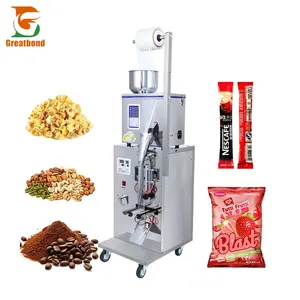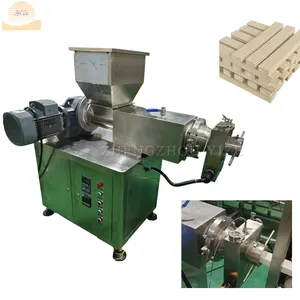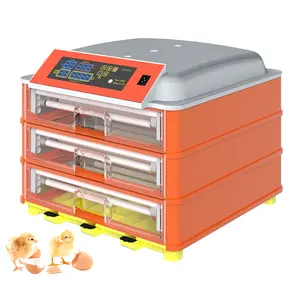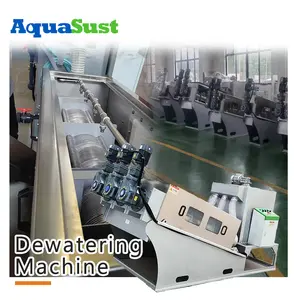Popular in your industry







































































Related Searches:








































































































































Top categories
About mbbr wastewater treatment
Introduction to MBBR Wastewater Treatment
MBBR (Moving Bed Biofilm Reactor) wastewater treatment is an advanced technology used for the purification of water by employing biofilm carriers. These carriers provide a large surface area for the growth of beneficial microorganisms that help in the removal of contaminants from water. The MBBR process is highly efficient, compact, and cost-effective, making it a popular choice for various industrial and municipal wastewater treatment applications.
Design and Technical Details of MBBR Reactor
The MBBR reactor consists of a tank filled with plastic carriers that support the growth of biofilm. These carriers move freely within the reactor, ensuring optimal contact between the microorganisms and the wastewater. The design allows for a high level of treatment in a relatively small footprint. The MBBR technology enhances the biological treatment process by increasing the surface area available for microbial growth, leading to improved efficiency in removing organic pollutants.
Advantages of Moving Bed Bio Reactor MBBR
One of the key advantages of the MBBR technology is its flexibility and adaptability to varying wastewater conditions. The system can easily handle fluctuations in flow and organic load, making it suitable for industries with changing wastewater characteristics. Additionally, MBBR reactors require minimal operator intervention and maintenance, reducing operational costs and downtime.
Efficiency and Performance of Moving Bed Biofilm Reactor MBBR
The efficiency of an MBBR system is determined by factors such as carrier media selection, aeration rate, and hydraulic retention time. By optimizing these parameters, MBBR technology can achieve high removal rates of organic matter, nitrogen, and phosphorus from wastewater. The continuous movement of the biofilm carriers ensures constant exposure to nutrients, enhancing the treatment process and overall performance of the system.
Applications of MBBR Technology
MBBR technology finds extensive use in various industries, including municipal wastewater treatment plants, food and beverage production, pharmaceutical manufacturing, and petrochemical industries. The versatility of MBBR systems allows for the treatment of different types of wastewater, ranging from domestic sewage to industrial effluents. The compact design of MBBR reactors makes them suitable for both new installations and retrofitting existing treatment facilities.
Choosing the Right MBBR System
When selecting an MBBR system for a specific application, factors such as the required treatment capacity, effluent quality standards, and space constraints need to be considered. It is essential to work with experienced suppliers who can provide customized MBBR solutions based on the unique requirements of each project. Conducting a thorough evaluation of the wastewater characteristics and treatment goals will help in determining the most suitable MBBR technology for optimal results.
Maintenance of MBBR Reactors
Proper maintenance is crucial for ensuring the long-term performance and efficiency of MBBR reactors. Regular monitoring of key parameters such as dissolved oxygen levels, nutrient concentrations, and biofilm thickness is essential to prevent system failures and maintain treatment effectiveness. Additionally, periodic inspection and cleaning of the biofilm carriers can help prevent clogging and ensure uniform wastewater distribution within the reactor.





















































